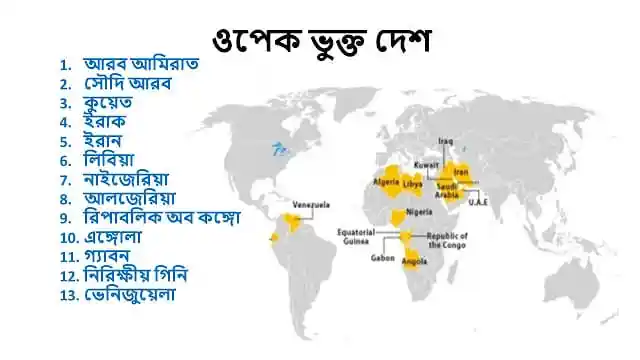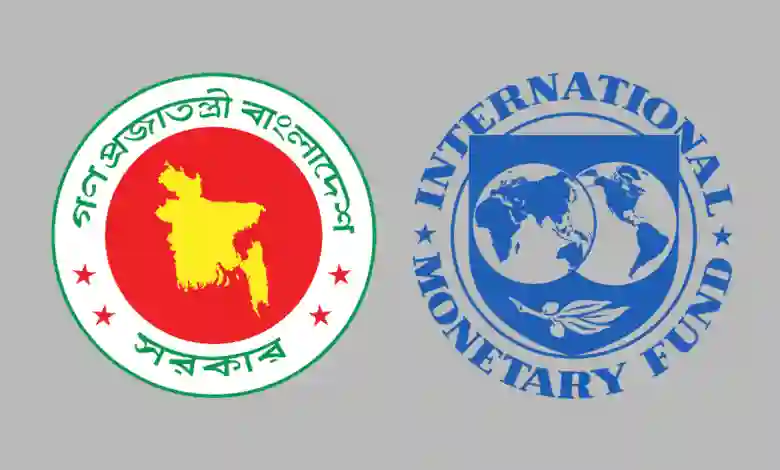ii. Approval of proposal
Amendments must be approved by three-fourths of all state legislatures or three-fourths of state conventions. This rigidity has led to the US Constitution being amended 27 times in over 200 years.
3. Popular Sovereignty:
The principle of popular sovereignty is stated in the preamble to the Constitution “We the People”, emphasizing that the ultimate source of governmental authority is the citizens. It establishes a representative democracy in which the people elect officials to represent their interests at various levels of government.
4. Bicameral Legislature:
The US Constitution has a bicameral legislature system. According to Article 1, “All legislative powers are vested in Congress.” Congress consists of two houses i.e. Lower House or House of Representatives and the Upper House or Senate.
i. House of Representatives
The 435 members of the House of Representatives are elected by the people through adult suffrage for two-year terms. States with larger populations get more seats in the House, such as California, which has 53 members.
ii. Senate
Senate members are elected by state legislatures. Each state has two senators meaning each state has two votes in the Senate. These senators are elected for six years on the basis of equality. Since the total number of states is 50, the number of senators is 100.
5. Separation of Powers:
The separation of powers divides power between the three institutions of government to prevent one institution from interfering with another. Powers are divided between Congress, the President, and the Judiciary.
Congress has the power to make laws that outline general policies and set specific standards. The President can enforce, and administer the laws. He is assisted by his cabinet but is solely responsible for all actions of the executive branch. Judicial powers are exercised by the Supreme Court which interprets the law and decides cases and controversies in accordance with law and by procedures prescribed by law.
6. Checks & Balances System:
The system of checks and balances prescribed by the separation of powers prevents abuse of power. Powers are conferred in such a way that it provides a check on other institutions. It prevents the rise of dictators.
Example:
A) The President can veto a bill passed by Congress. Congress can pass legislation over a presidential veto by a two-thirds majority.
b) The President has the power to appoint Supreme Court Justices subject to the approval of the Senate.
c) The Constitution vests the power of “Judicial Review” in the Supreme Court. The Supreme Court can approve, reject, or review any action taken by the President or any law enacted by Congress.
7. Federal System:
The US Constitution has a federal system of government which means that power is divided between the central/federal government and the states. According to Article 1, the federal government has jurisdiction over 18 subjects and the remaining powers are vested in the states. States are autonomous bodies and the Center cannot interfere in their affairs. In case of conflict, the Supreme Court can settle the disputes.
8. Presidential System of government:
The Constitution provides for the formation of the President’s government. Article 2 provides for the President’s powers. The President is elected for a 4-year term and is not accountable to Congress but cannot dissolve Congress. He has a cabinet to assist him in exercising his executive powers.
9. Republicanism:
The constitution envisages a democratic system with a president elected head of state. The Constitution derives its authority from the people. Neither the center nor the states can cross it.
10. Bill of Rights:
The first ten amendments to the Constitution are called the “Bill of Rights”. Provides individual rights to property, liberty, freedom of speech, press, religion and assembly.
11. Dual Citizenship:
The Constitution provides for dual citizenship such as being a citizen of the United States and a resident of the state.
12. System of Spoils:
When a President is elected he makes an appointment to a public office. If someone from the opposition party becomes president in the election, he can dismiss the representatives and appoint new ones if he wants.
13. Limited Government:
The Constitution establishes a government with limited powers. It defines the powers of the federal government and reserves all other powers to the states or to the people. The government’s authority is constrained by the specific powers granted in the Constitution. It ensures that it cannot violate or cross individual rights and prevents the concentration of unchecked power.
.jpg)





